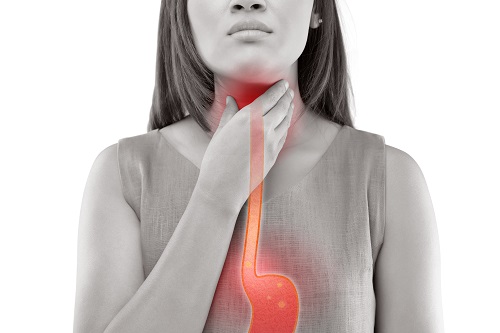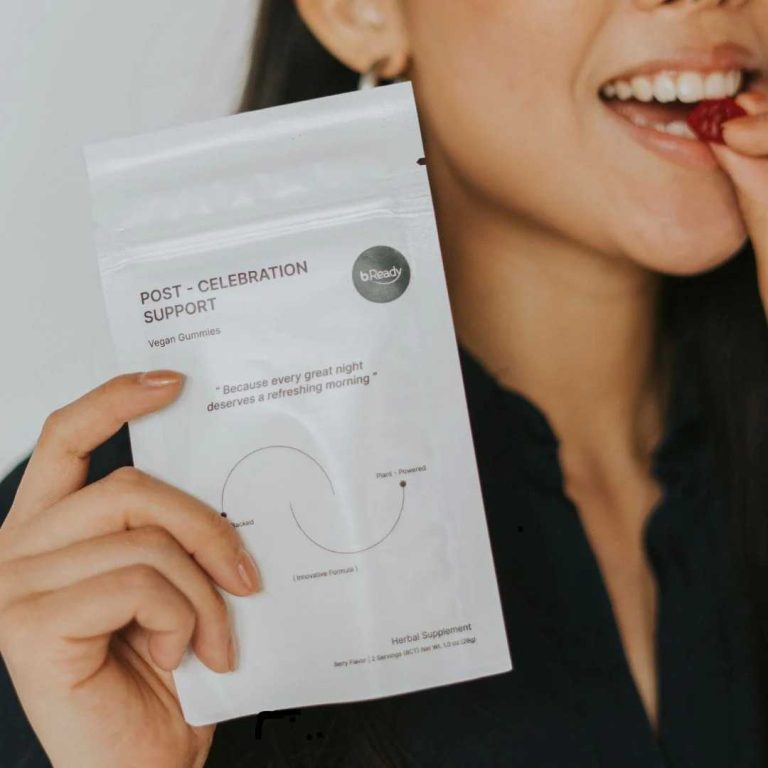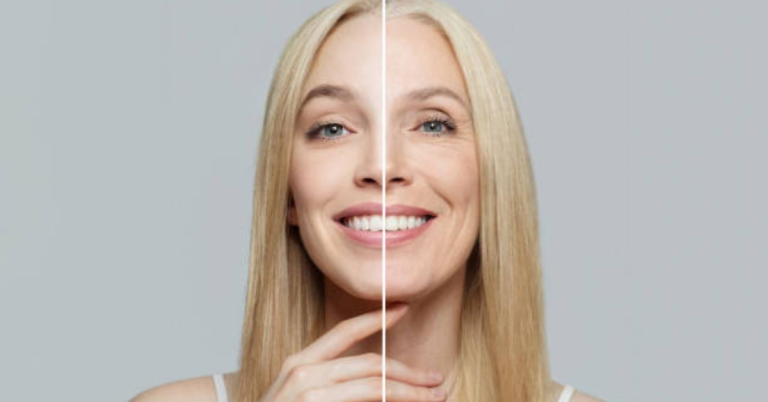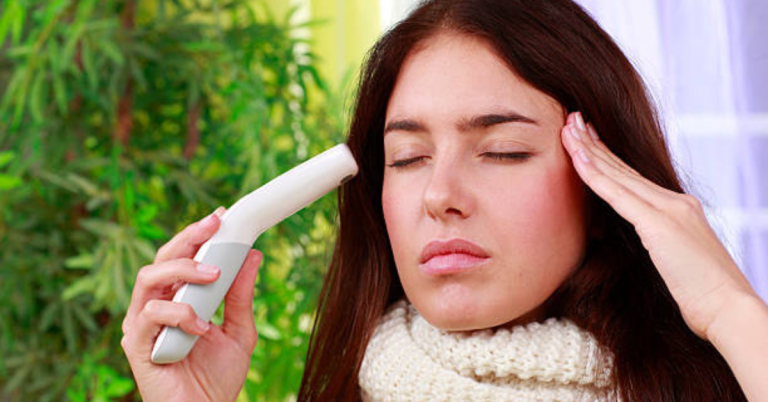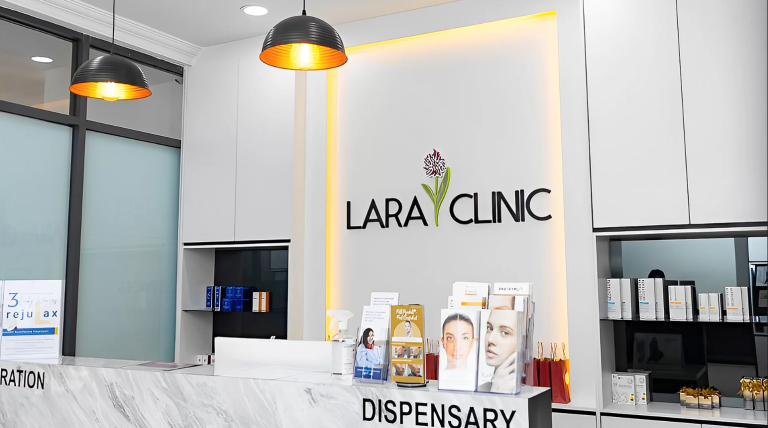Oral Appliances for Sleep Apnoea: How They Work and Their Benefits
Sleep apnoea is a common sleep disorder that affects breathing during sleep, leading to frequent interruptions in rest. Left untreated, it can result in excessive daytime fatigue, poor concentration, and serious health complications such as high blood pressure and heart disease. While Continuous Positive Airway Pressure (CPAP) therapy is often recommended, many individuals find it uncomfortable or difficult to use.
For those looking for an alternative, oral appliance sleep apnoea treatment offers an effective and convenient solution. These devices help keep the airway open during sleep, improving breathing patterns and reducing symptoms. Understanding how oral appliances work and their benefits can help individuals make informed decisions about managing sleep apnoea.
What Are Oral Appliances for Sleep Apnoea?
Oral appliances, also known as mandibular advancement devices (MADs) or tongue-retaining devices (TRDs), are custom-fitted dental devices designed to reposition the lower jaw or tongue to prevent airway obstruction during sleep. These devices help improve airflow, reduce snoring, and alleviate symptoms of obstructive sleep apnoea (OSA).
Unlike CPAP machines, which use continuous air pressure to keep the airway open, oral appliances provide a more natural and less intrusive solution. They are particularly beneficial for individuals with mild to moderate sleep apnoea or those who cannot tolerate CPAP therapy.
How Do Oral Appliances Work?
Oral appliances function by adjusting the position of the jaw and tongue to prevent airway collapse. There are two primary types of oral appliances:
1. Mandibular Advancement Devices (MADs)
These devices fit over the upper and lower teeth, similar to a mouthguard. They gently push the lower jaw forward, which helps:
- Keep the airway open by preventing soft tissue collapse
- Improve airflow and reduce snoring
- Enhance oxygen intake during sleep
2. Tongue-Retaining Devices (TRDs)
TRDs hold the tongue in place to prevent it from blocking the airway. These devices are useful for individuals whose sleep apnoea is primarily caused by tongue obstruction.
Both types of oral appliances are custom-made by dental professionals to ensure a comfortable and effective fit.
Benefits of Oral Appliances for Sleep Apnoea
Oral appliances provide several advantages over other treatment options, particularly for those who struggle with CPAP therapy. Some of the key benefits include:
1. Improved Comfort and Ease of Use
Oral appliances are smaller, more portable, and less invasive than CPAP machines. Many users find them more comfortable to wear, making them easier to use consistently.
2. Reduced Snoring
By keeping the airway open, oral appliances significantly reduce snoring, benefiting both the individual and their sleep partner.
3. Enhanced Sleep Quality
With better airflow and fewer breathing interruptions, users experience deeper and more restful sleep, leading to improved energy levels and concentration during the day.
4. Lower Risk of Health Complications
Treating sleep apnoea can help reduce the risk of associated conditions such as high blood pressure, heart disease, stroke, and type 2 diabetes.
5. Non-Invasive Alternative to CPAP
Unlike CPAP machines, which require masks and air pressure, oral appliances work naturally with the body’s anatomy, making them a preferred choice for those who dislike CPAP therapy.
6. Travel-Friendly Design
Oral appliances are lightweight and compact, making them easy to carry when traveling. This convenience encourages consistent use, ensuring continued treatment effectiveness.
7. Customized for Individual Needs
Each oral appliance is tailored to the user’s mouth structure, ensuring a secure and comfortable fit that maximizes its effectiveness.
Who Can Benefit from Oral Appliances?
Oral appliances are most effective for individuals with:
- Mild to moderate obstructive sleep apnoea
- Chronic snoring without severe apnoea
- CPAP intolerance due to discomfort or other reasons
- A preference for a non-invasive treatment option
However, they may not be suitable for individuals with severe sleep apnoea, significant jaw problems, or extensive dental issues. A sleep specialist or dentist can help determine if an oral appliance is the right choice.
Getting an Oral Appliance: The Process
1. Sleep Apnoea Diagnosis
A healthcare provider will conduct a sleep study (polysomnography) to diagnose sleep apnoea and determine its severity.
2. Dental Evaluation
A dentist trained in sleep medicine will assess oral health, jaw alignment, and airway structure to decide the best type of appliance.
3. Custom Fitting
The dentist takes impressions of the teeth to create a personalized device that ensures comfort and effectiveness.
4. Adjustment and Follow-Up
After receiving the appliance, follow-up visits help ensure proper fit and adjustments for optimal performance.
5. Regular Maintenance
Routine cleaning and periodic dental checkups ensure the device remains in good condition and continues to provide effective results.
Potential Side Effects and How to Manage Them
While oral appliances are generally well-tolerated, some users may experience minor side effects, such as:
- Jaw discomfort or soreness
- Excessive salivation or dry mouth
- Changes in bite alignment over time
Most side effects diminish as the mouth adjusts to the device. Regular checkups with a dentist help address any issues and ensure long-term comfort.
Conclusion
Oral appliances offer a practical and effective solution for managing sleep apnoea, especially for individuals who struggle with CPAP therapy. By keeping the airway open and improving airflow, these devices help reduce snoring, enhance sleep quality, and lower the risk of health complications.
For those seeking a non-invasive, comfortable, and travel-friendly treatment, oral appliances can be a valuable option. Consulting a sleep specialist or dentist can help determine the best course of action and ensure a customized fit for maximum effectiveness.


